The difference between mesotherapy and biorevitalization lies in the technique. In the first case, there is an effect on more superficial areas of the skin than in the second.
What is biorevitalization
Biorevitalization is one of the ways to correct age-related changes in the skin using hyaluronic acid. In translation, the method means "natural revival".
Visually, this effect can be achieved with the help of hyaluron. This substance is capable of producing collagen and elastin, improving metabolic processes, but its main task is to saturate the skin with moisture.
During the procedure, a gel with hyaluronic acid is injected under the skin using a long and very thin needle. There are not so many punctures as with mesotherapy, the substance is injected into the deeper layers.
With the help of biorevitization, it is possible to recreate the natural skin frame and smooth out deep wrinkles.
What is mesotherapy
During mesotherapy, a special roller is used with needles made of titanium or surgical alloy with a length of 0.2 to 3 mm. During "rolling" on the skin of the face, the needles help nutrients to penetrate into the dermis. This is much more effective than applying creams and serums to the face, rubbing them in with massage movements.
Microdamages enhance metabolic processes: during the healing of wounds, wrinkles are smoothed, the skin becomes more elastic and elastic, pigmentation and acne disappear.
Difference between treatments
Mesotherapy and biorevitalization (what is the difference between the procedures will be described later) have a number of differences:
- Indications for use. Both procedures can be used for facial skin imperfections and age-related changes. In addition, biorevitalization is used when there is a lack of moisture. Mesotherapy is advised to be used to get rid of the "orange peel" on the abdomen and thighs, to treat some diseases of the scalp and face.
- Tools. For mesotherapy, a roller with short needles is used. They injure the skin minimally, but make a large number of punctures. Biorevitalization involves the use of one long needle.
- The effect. The first effect after mesotherapy is not immediately noticeable. It is necessary to repeat the procedures within 2 weeks for the skin to acquire a better appearance. The effect of rejuvenation after biorevitalization is noticeable after the first procedure, but it lasts less than after mesotherapy.
- Components. During biorevitalization, gels are used that contain hyaluronic acid in a high concentration. In mesotherapy, a wider range of agents is used: serums with vitamins, minerals and amino acids, organic acids, animal and plant components.
- Home use. Biorevitalization can only be performed by a professional. At home, it is allowed to use a mesoscooter with short needles up to 0.5 mm to correct minor skin imperfections.
At what age are procedures allowed?
Experts recommend to carry out any cosmetic procedures for the skin of the face (except for therapeutic) no earlier than 25 years. From this age, it is allowed to start mesotherapy sessions with vitamin and moisturizing serums.
Biorevitalization is considered a more complex procedure. It is recommended only from 35 years old. For young girls, injections with hyaluron can be replaced with preventive biorevitalization. In this case, the substance is “delivered” to the layers of the skin using a laser.
Preparations for mesotherapy and biorevitalization
Recommended preparations for biorevitalization:
- IAL-SYSTEM. The most popular product contains unstable hyaluron at a concentration of 18 mg / g. Suitable for all skin types, but ideal for thin and dry skin.
- IAL-SYSTEM ACP. More dense and intense than the previous one. It has a high concentration of acid (20 mg / g). Suitable for very dry, aging skin. It is able to stabilize the production of sebum, get rid of dark circles and bags under the eyes.
- Teosyal Meso. It has a lower concentration of hyaluronic acid than the previous ones, therefore it is recommended for young and normal skin. Its main task is to moisturize and prevent aging.
- Hyalrepair. A substance with a low concentration of hyaluron (14 mg / g), but with amino acids and vitamins. The main task of the drug: skin restoration and collagen production. Recommended for aging and aging skin.
Recommended drugs for mesotherapy:
- NCTF135 HA. Complex French meso-cocktail for the skin. Contains over 50 different components, including hyaluron, vitamins, amino acids, plant and animal extracts, coenzymes and antioxidants. Recommended to use to prevent skin aging after 30 years.
- Regenerador Facial A-36. Means for young skin 25+. Contains elastin, collagen and silicon. It copes well with the first expression wrinkles and helps maintain skin elasticity after 30.
- DMAE. One of the best preparations for aging skin. DMAE is a natural remedy used in medicine. It removes toxins, improves blood circulation, and has a beneficial effect on metabolic processes.
Difference in the action of active substances
In biorevitalization and mesotherapy, the following active substances are most often used:
- Hyaluronic acid Moisturizes, smoothes wrinkles, improves collagen and elastin production.
- Vitamins and trace elements. They increase the local immunity of the skin, protect it from sudden age-related changes, nourish and restore.
- Organic silicon. Improves blood circulation, positively affects the appearance of the skin, relieves tension.
- Antioxidants Protect cells from toxins and free radicals. Prevents early aging, protects from the sun's rays.
- Amino acids. The main building material of skin cells.
Indications for biorevitalization
There are the following indications for biorevitalization:
- severe dry skin;
- aging skin;
- deep age wrinkles;
- skin injuries, after which scars and scars appear, relief changes;
- high greasiness of the skin;
- enlarged pores;
- frequent appearance of infectious foci: large acne, fistulas, boils;
- "Destruction" of the natural skeleton of the skin, a change in the oval of the face;
- burns and age spots after prolonged exposure to ultraviolet rays.
Indications for mesotherapy
There are the following indications for mesotherapy:
- acne, excessive oily skin;
- the presence of stretch marks and scars;
- the appearance of age spots;
- expression and age wrinkles;
- unhealthy skin tone;
- rosacea;
- elimination of skin imperfections that arise after low-quality medical or cosmetic procedures;
- any kind of scars;
- decreased skin tone and elasticity;
- hair loss;
- fatty deposits on the face and neck.
Contraindications to procedures
It is prohibited to carry out procedures in the following cases:
- pregnancy and breastfeeding - the composition of cosmetic products for procedures includes elements that can harm the child;
- frequent allergic reactions that appear on the skin;
- increased body temperature;
- fungal and bacterial skin diseases;
- infectious diseases of the body;
In the presence of an infectious process in the body, mesotherapy and biorevitalization are prohibited. - the presence of malignant tumors;
- the tendency of the skin to scar formation;
- low blood clotting;
- exacerbation of any chronic diseases;
- epilepsy;
- the use of medicines that increase the sensitivity of the skin to ultraviolet light;
- allergy to components of products for cosmetic procedures.
Adverse reactions from procedures
There is practically no difference between the side effects of biorevitalization and mesotherapy. In most cases, they pass quickly, which does not have a negative effect on the appearance.
There are the following side effects:
- Erythema. This is the redness of the skin that occurs with most cosmetic procedures. Due to damage, blood rushes to the capillaries and forms red spots. It passes on its own within a few days.
- Hematomas. Hemorrhage under the skin, which occurs due to a violation of the integrity of the vessels. Small bruises pass quickly, and blood thinners are used to treat large bruises.
- Delayed allergic reactions. These are reactions on the skin in the form of a rash, swelling and itching to a cosmetic product. They occur several hours and even days after the procedure.
- Pain. Both treatments involve skin damage that is accompanied by discomfort.
Complications after procedures and measures to prevent them
After the procedures, the following complications may occur:
- Anaphylactic allergic reactions. They are rare and dangerous to human health and life. The reason for the sharp attacks of allergies is the intolerance of any component of the cosmetic product. During such a complication, in a minute, the skin swells greatly, begins to burn and itch, and becomes covered with painful blisters.
- Skin necrosis. This education in the form of one or more papules with purulent contents. The use of non-sterile equipment, poor-quality preparation of the skin for the procedure and the unprofessionalism of the cosmetologist lead to necrosis. The consequences of necrosis are scar-like growths on the skin and the risk of sepsis.
- Embolism. Most often found in biorevitalization. Hyaluron enters the vessel and can clog the vessel. This causes tissue necrosis and a decrease in skin sensitivity.
Complications can be avoided if the procedures are carried out only by high-quality and proven specialists. It should be remembered that allergies are very difficult to predict.
Before using a cosmetic product, it must be applied to a sensitive area of the skin and monitored for the reaction.
How long do the results last after the procedures?
The duration of the effect after the procedure depends on the following:
- age and skin condition;
- combinations with other cosmetic procedures;
- the quality of the instruments and preparations used.
The effect of mesotherapy lasts from several months to six months. The first positive changes during biorevitalization are visible immediately, and the effect lasts up to six months. The beauty of the skin can be prolonged with supportive treatments. They must be carried out once every 3-4 months. In these cases, the effect is extended for several more months.

 Don't miss the most popular column article: Plasmolifting of the face - what it is, how it is carried out, results, photos before and after the procedure.
Don't miss the most popular column article: Plasmolifting of the face - what it is, how it is carried out, results, photos before and after the procedure.Can the procedures be applied together?
It is not forbidden to carry out procedures together, but due to the similarity of the technique and effect, in most cases it is inappropriate.
Most cosmetologists recommend alternating mesotherapy and biorevitalization and taking a break of several weeks or months between them. When carrying out two procedures at the same time, it should be remembered that this is only suitable for mature skin.
Which treatment is better after a mid-peel?
Median peeling is a cosmetic procedure in which a layer of dead cells is “exfoliated” down to the basal layer of the dermis. The procedure can be carried out using a laser, abrasives or acids.
Biorevitalization and mesotherapy can be combined with median peeling if it is carried out using chemical acids. But it is forbidden to carry out procedures at the same time. After a mechanical and physical mid-peel, it is better to use biorevitalization.
Hyaluronic acid helps to quickly get rid of edema and normalize tissue condition.
The difference between biorevitalization and mesotherapy for the price
Prices for procedures differ depending on a beauty salon or a specialized beauty parlor in a medical institution. The cost takes into account the level of professionalism of the staff, as well as the funds used for the procedures (serums, gels, etc.)
Mesotherapy and biorevitalization: (what is the difference in price will be described later) are not cheap. The approximate cost can be found on the websites of cosmetology clinics and specialized centers.
Biorevitalization is more expensive - on average 10 thousand rubles, but in some places the cost reaches 16 thousand rubles. and higher. One mesotherapy session will cost 5 thousand rubles., but you will have to repeat the procedure several times.
The opinion of experts: which method of rejuvenation to give preference to, what the choice depends on
Mesotherapy and biorevitalization (what is the difference, according to experts, will be indicated below) are selected based on several criteria:
- age;
- skin type;
- general condition of the body.
Older women are advised to use biorevitalization, while minor imperfections of young skin are effectively eliminated by the mesoscale. In case of poor nutrition and ecology, the body lacks vitamins and minerals. The mesotherapy procedure will help to deliver them to the upper layers of the skin. But for women with dry, tight skin and a violation of its integrity, it is better to resort to biorevitalization.
The difference between mesotherapy and biorevitalization is noticeable. The more often they are used in a complex of skin care, the better the skin will look with age.
Video about mesotherapy and biorevitalization
Facial mesotherapy, features of the procedure:
Facial biorevitalization:

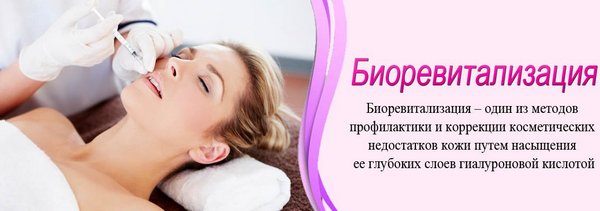
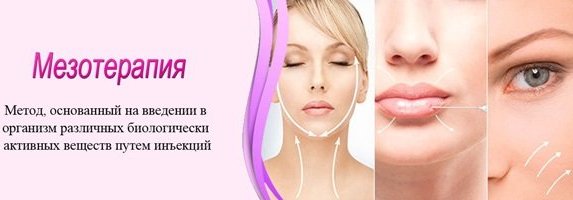
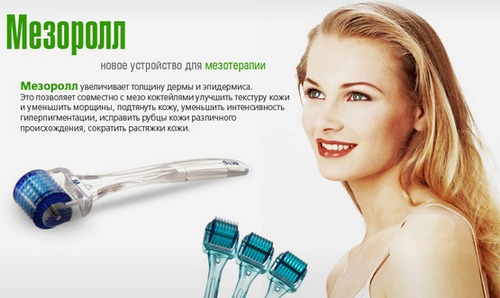
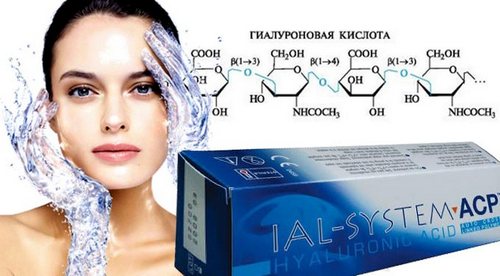
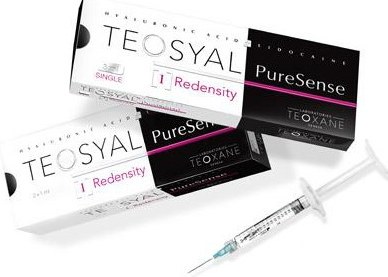

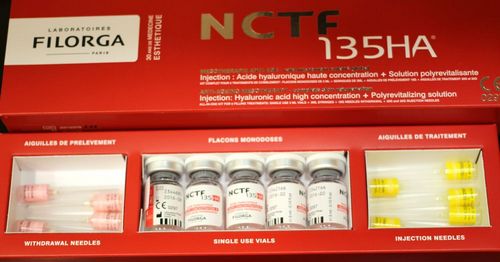
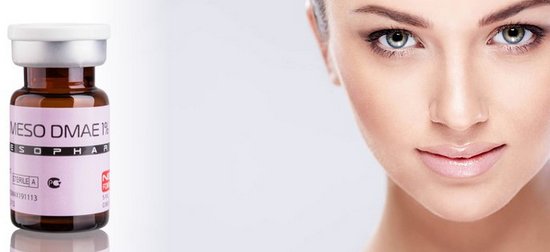
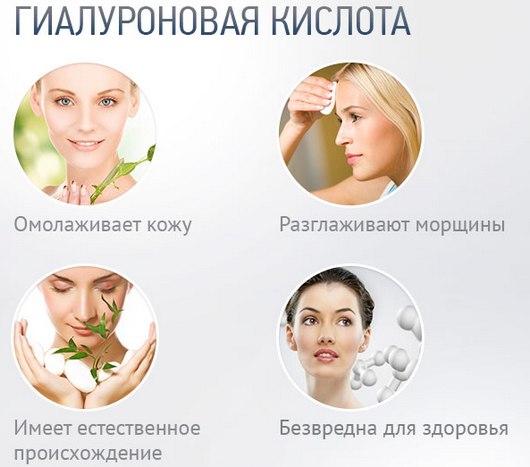
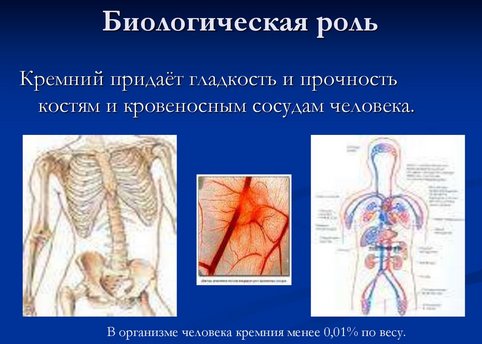
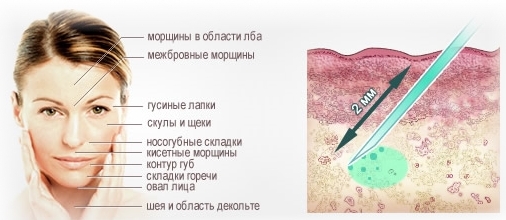
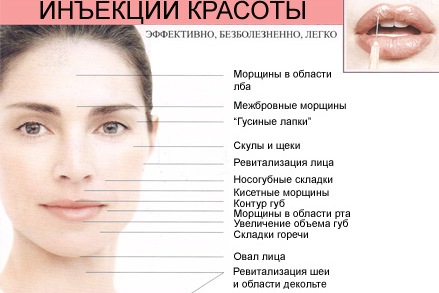
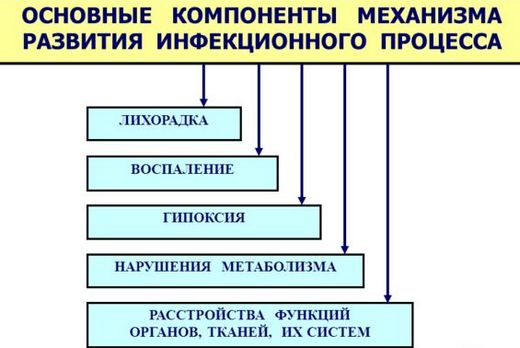
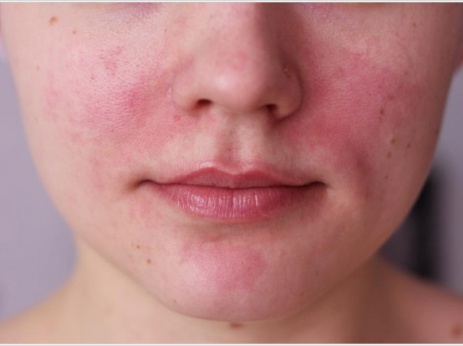
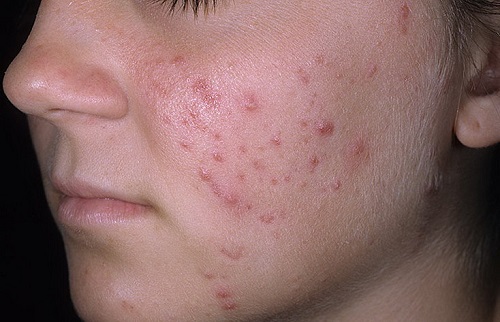
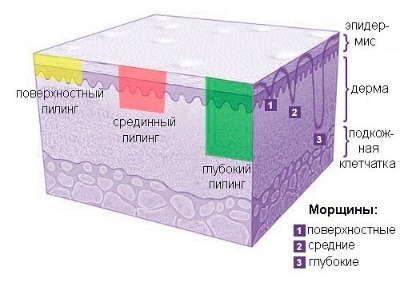
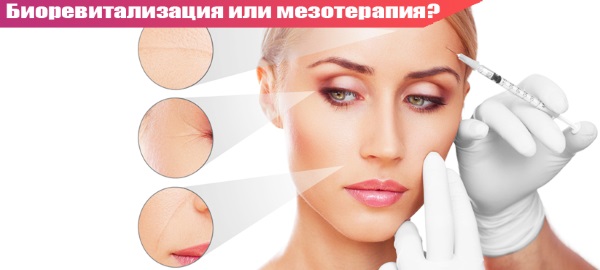
It seems to me that both procedures are effective in their own way, and each of them allows you to keep the skin youthful longer.